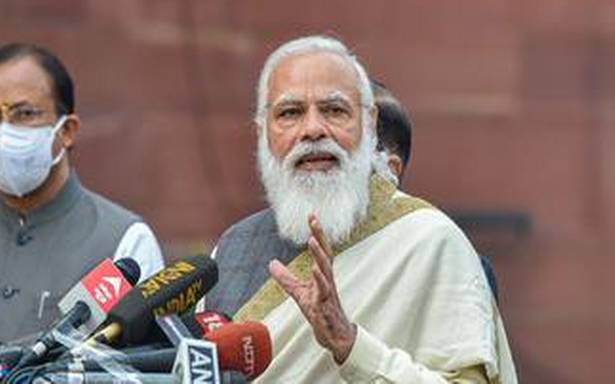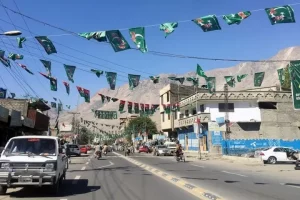Prime Minister Narendra Modi’s inauguration of the 30-km-long Agra Metro project, on Monday, has signalled India’s obsession with subways, which are now taking root across the country’s urban heartland.
The Agra Metro will connect major international tourism hubs – Taj Mahal, Agra Fort, and Sikandra with railway and bus stations.
The Metro will benefit 26 lakh residents and 60 lakh tourists who visit Agra every year. The estimated cost of the project is Rs 8,380 crore and is expected to be complete by 2024.
The inauguration has further lifted the image Uttar Pradesh, once a national backwater, as a state that has entered the digital age. Already Metros are successfully running in Lucknow and Noida.
Last year, Modi had commenced the commercial operation of the Lucknow Metro which not only has Computer-Based Train Control (CBTC) signalling system but also has 70 per cent ‘Make in India’ component in the coaches which have been designed in India.
This 30-km metro line in India's top tourist destination is a drop in the vast network that the government has planned. Last month, at an economy summit, Modi said that India is on track to deliver close to 1,000 kms of metro rails by 2022. Over the last nearly two decades, the metro has come up as a modern, efficient and green transport medium.
At present India has around 650 km of metro rail network, which is going to see a vast expansion over the next few years. The mass rapid transit system is currently available in thirteen cities—Delhi, Kolkata, Jaipur, Bengaluru, Noida, Mumbai, Nagpur, Kochi, Hyderabad, Gurgaon, Chennai, Ahmedabad and Lucknow. What is more significant is that two dozen more cities will soon be on the metro map—Pune, Navi Mumbai, Meerut, Surat, Patna, Kanpur, Indore, Bhopal, Coimbatore, Uttarakhand, Chandigarh, Srinagar, and many more, possibly making India the only country with such a large number of under-construction metro projects.
In the national expansion of subway trains, the Delhi Metro stands out. Proposed in 1995, its commercial operations began in 2003 and it has since then continued its onward march. With 285 stations and a 390-km network, it has ferried six million passengers daily before the coronavirus struck. India's financial capital Mumbai is currently building the country’s first public-private partnership (PPP) metro project which will span 163-km, adding to the city's efficient rail system.
The success of the metro and its wide acceptance by the people is forcing companies and even public sector units to focus on improving technologies and developing indigenous systems. Indian companies are now exporting high speed rail tracks to other countries. In 2017, for the first time, India also exported metro coaches to Australia and metro rail components to Brazil. Boosted by 'Make in India' and the 'Aatma Nirbhar' policies, Indian companies are looking to sell their products and technologies to South East Asian and West Asian countries.
The metro revolution in India is now spreading its wings outside core urban centres. Satellite towns feeding the metropolises with workforce are now getting connected through Regional Rapid Transport Systems (RRTS). As urban centres become a hub of activity, their outlying townships join the transport revolution through the RRTS. Delhi Metro's fourth phase will link up more places in the National Capital Region (NCR), like the 82-km Delhi-Metro RRTS. There are seven more similar RRTS projects snaking out of Delhi and Ghaziabad to townships that are further away..




















